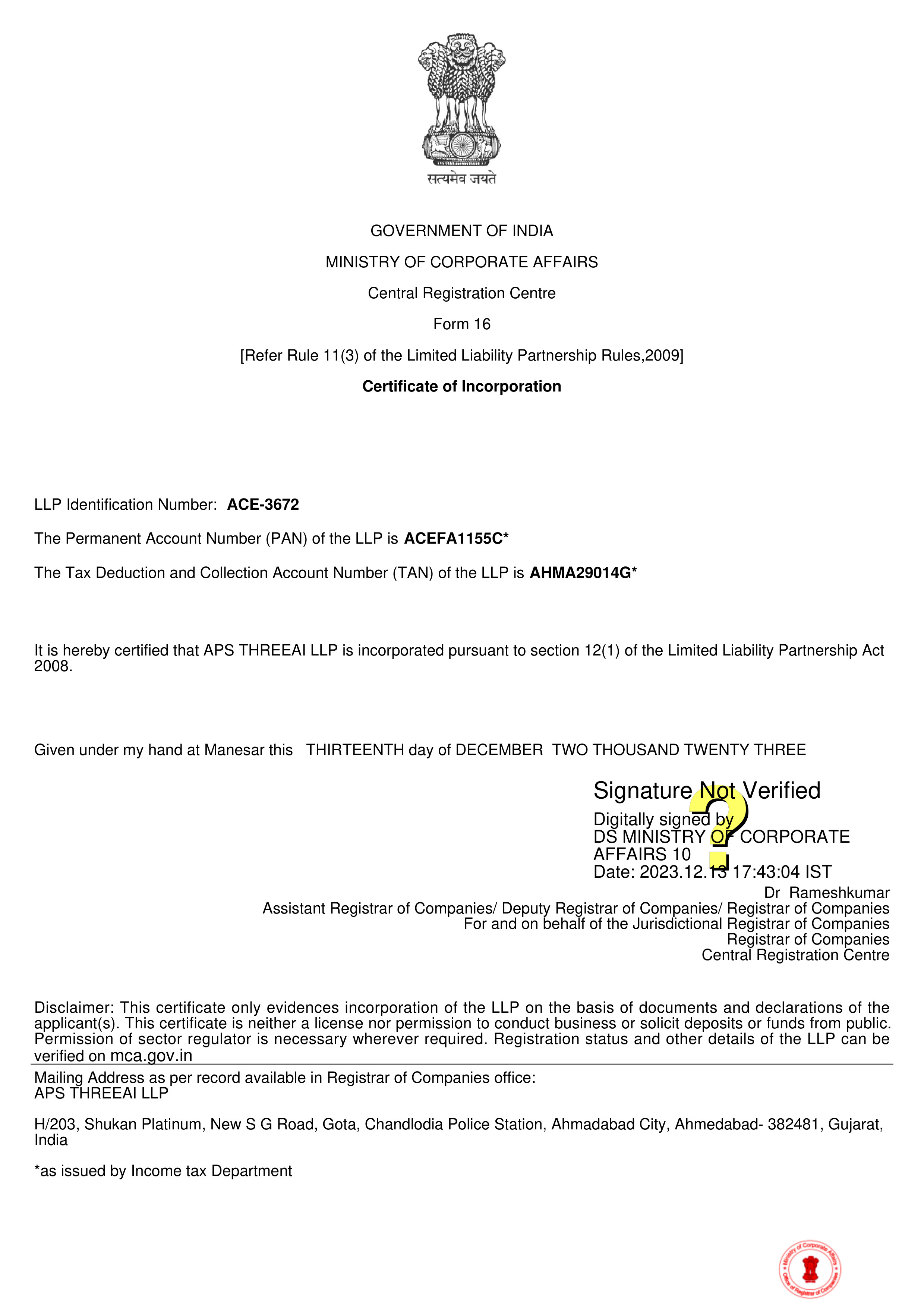We produce tremendous amounts of data every second in the digital age, with unstructured text data accounting for a sizable fraction of that data. For enterprises across a variety of industries, the ability to extract valuable insights from this textual data has become essential. Natural Language Processing (NLP) has become an important tool for database querying and text analytics since it gives us the ability to analyze and comprehend text data. In this blog post, we'll look at how NLP is used in relational, NoSQL, and graph databases, three different types of databases.
NLP in Relational Databases:
Traditional data management systems have relied heavily on relational databases, but they frequently struggle with unstructured text data. However, we can fully utilize the textual material that is contained in these databases by incorporating NLP algorithms into the querying process.
Full Text Search: Relational databases' text fields can be searched in depth using NLP. Breaking the text down into smaller parts using strategies like tokenization, stemming, and lemmatization makes it easier to search for and retrieve pertinent information.
Sentiment Analysis: Organizations can learn important information about the opinions, feedback, and preferences of their customers by using sentiment analysis algorithms on text data stored in relational databases. Making data-driven decisions and improving consumer-driven experiences are both possible uses for this information.
NLP in NoSQL Databases:
NoSQL databases may manage unstructured and partially structured data. Examples include MongoDB and Cassandra. These databases' capabilities can be improved by NLP approaches, allowing for effective querying and analysis of text-based data.
Text Indexing: Text indexes can be created in NoSQL databases using NLP. These indexes make it possible to quickly and precisely retrieve documents depending on their content. The semantic connections between words are captured by the term frequency-inverse document frequency (TF-IDF) and word embeddings text indexing algorithms.
Named Entity Recognition (NER): NER is an important NLP problem that entails locating and categorizing named entities in text. NoSQL databases may automatically extract significant elements like names, places, organizations, and dates by using NER algorithms, allowing for more accurate searching and classification of data.
NLP in Graph Databases:
Complex relationships between entities can be effectively represented using graph databases like Neo4j and Amazon Neptune. By incorporating NLP into graph databases, their capabilities are further improved, making it simpler to derive insights from related textual data.
Relationship Extraction: Relationships between items in text can be extracted using NLP techniques, and these relationships are then represented as edges in a graph database. This facilitates activities like social network analysis, recommendation systems, and fraud detection by enabling more effective querying and processing of related data.
Text Summarization: Text connected with nodes is frequently stored in huge quantities in graph databases. The most crucial information from this text can be extracted using NLP techniques like text summarization, allowing for a clear display and effective analysis of the underlying data.
NLP in Text Analytics:
Using text analytics, it is possible to draw important conclusions from unstructured text data. Text analytics tasks including sentiment analysis, topic modeling, document grouping, and information extraction all heavily rely on NLP. Businesses can get insightful information, better decision making, and improve customer experiences by utilizing NLP approaches.



